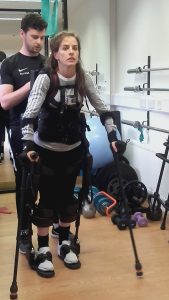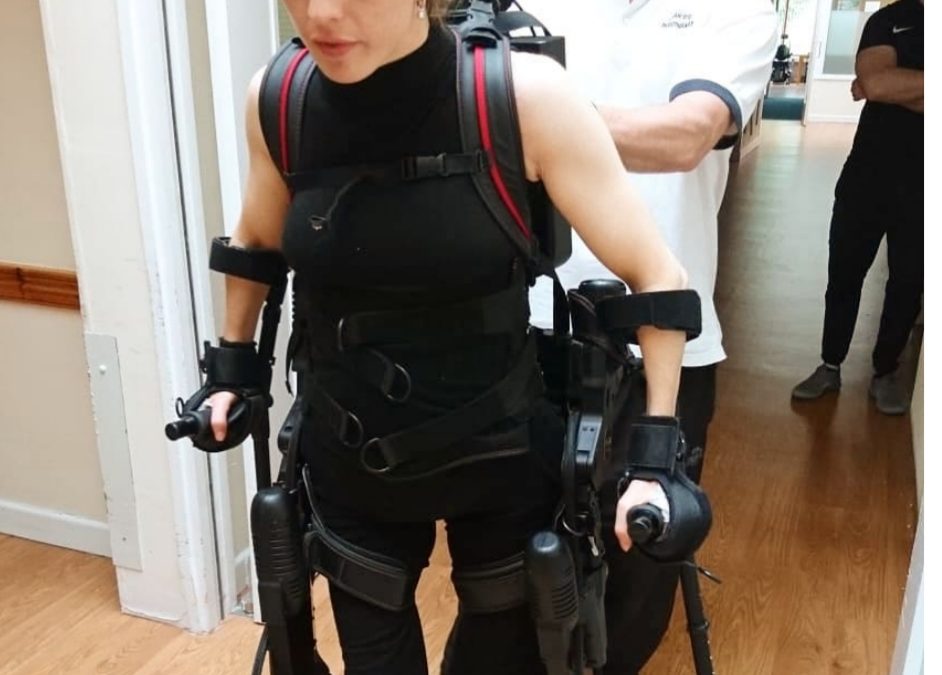Tracts in your spinal cord carry messages between your brain and the rest of your body. Motor tracts carry signals from your brain to control muscle movement. Sensory tracts carry signals from body parts to your brain relating to heat, cold, pressure, pain and the position of your limbs.
The damage affects the nerve fibers passing through the injured area and may impair part or all of your corresponding muscles and nerves below the injury site.Most individuals with tetraplegia have intact brain function but are unable to move due to injury or disease affecting the spinal cord. A chest (thoracic) or lower back (lumbar) injury can affect your torso, legs, bowel and bladder control, and sexual function. A neck (cervical) injury affects the same areas in addition to affecting movements of your arms and, possibly, your ability to breathe. Recovery from a spinal cord injury may occur for quite some time after the initial injury, as part of the brain’s ability to reorganize or form new nerve connections and pathways following injury or cell death (called neuroplasticity).
Advances in research:
Many scientists are optimistic that advances in research will someday make the repair of spinal cord injuries possible. Research studies are ongoing around the world. In the meantime, treatments and rehabilitation allow many people with spinal cord injuries to lead productive, independent lives.
To get past the glial scar that forms after a spinal cord injury and be able to transmit signals from the cell body, an axon has to advance between the tangles of long, branching molecules made up of proteins and sugars that surround the cells. Experiments have successfully used a bacterial enzyme, chondroitinase ABC, to clear away the tangles so that axons could grow in animal models of injury.
Other researchers are using a tissue-engineered highway-like matrix that is implanted onto the spinal cord to help axons “bridge” the lesion that forms at the injury site and to rebuild neural circuits. They also will look at using the matrix as a way of delivering growth factors that can promote nerve cell survival and inhibit proteins associated with the glial scar.
The goal of brain-computer interface technology is to bypass the damaged nerve circuits in the spinal cord and establish a direct link between the brain and an assistive implanted device which may restore an individual’s control of voluntary muscle movement and coordination of paralyzed muscles.
The Exoskeleton is a powered hip-knee medical rehabilitation exoskeleton developed by Ekso Bionics. It allows for a number of consistent steps by conducting the appropriate weight shift movement.
The ability for the device to recalculate assistance based on gait data gathered after each step makes for a superior rehabilitation experience. The exoskeleton suit has been huge to enable me to get up and get my full body workout despite eighty percent of my body paralysed, it’s amazing. It can aid with keeping my muscles and joints flexible. Muscle groups can become shortened and weakened after extended periods of sitting.Thank you to The nobarriers foundation for their assistance with accessing this wonderful piece of equipment in the west of Ireland.

Once the body has been stabilized and the individual has been rehabilitated to his or her fullest potential, establishing a wellness routine can be beneficial to staying healthy and maintaining functional capacity. This overall approach encompasses many issues, including exercise. A well-rounded exercise program should include components that promote fitness and help to maintain functional independence.
The suit is compatible for use in a therapeutic environment by patients with mobility impairment due to spinal cord injury up to C7 complete in Ireland. This can improve their current level of physical and mental health by targeting mobility, strength and physical fitness regardless of their current baseline.
The suit is developed by Ekso Bionics; retailing at 160,000euro!

